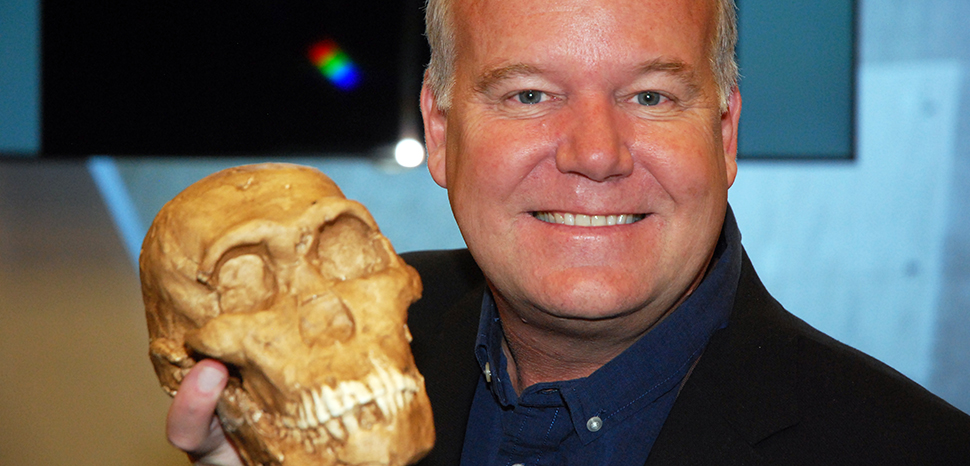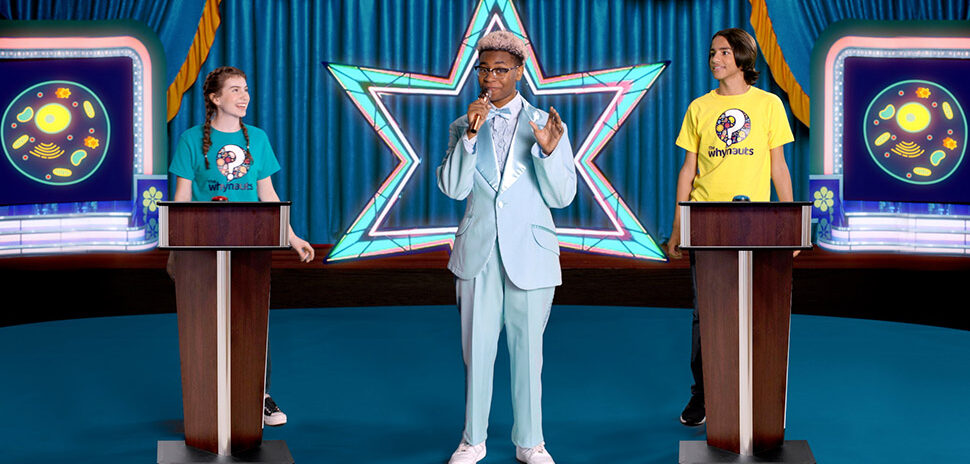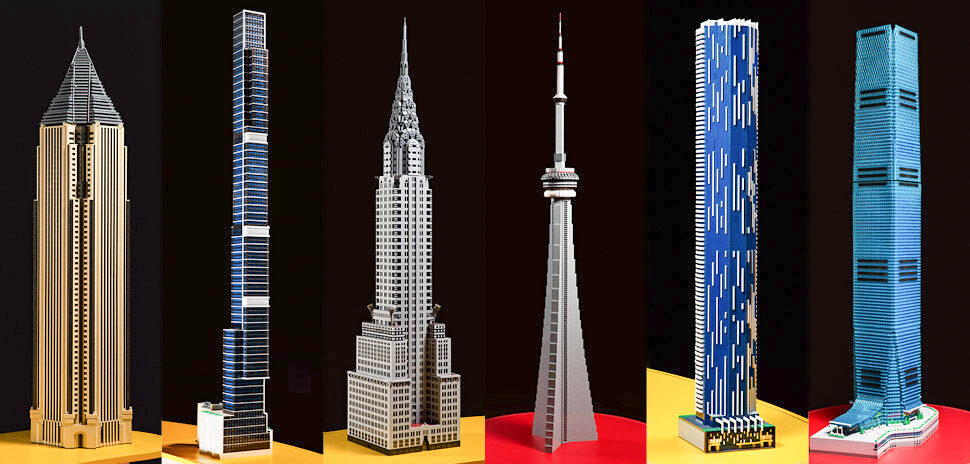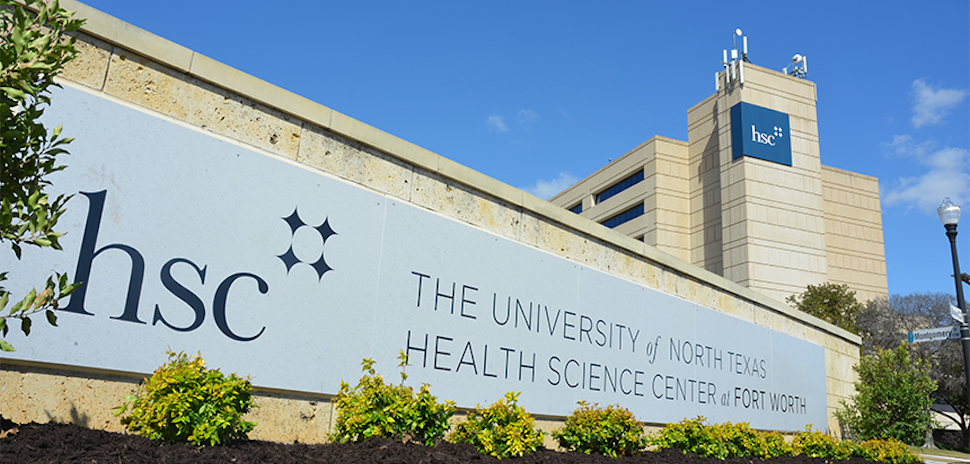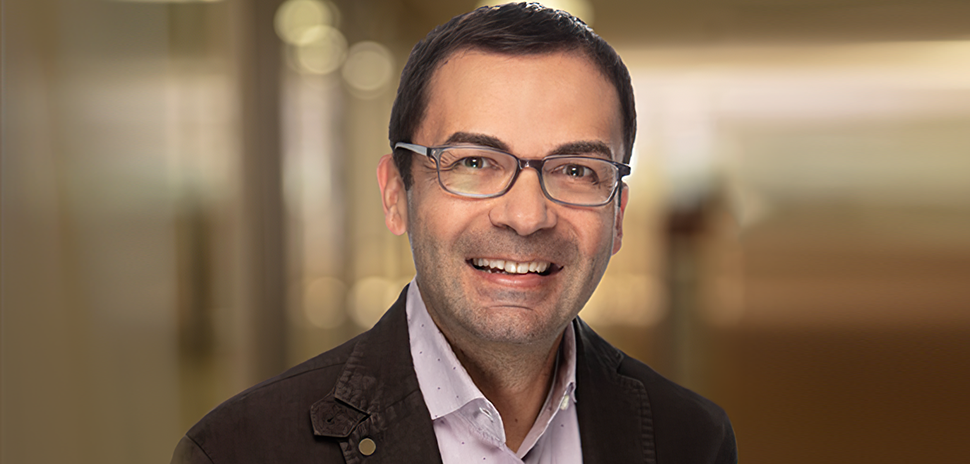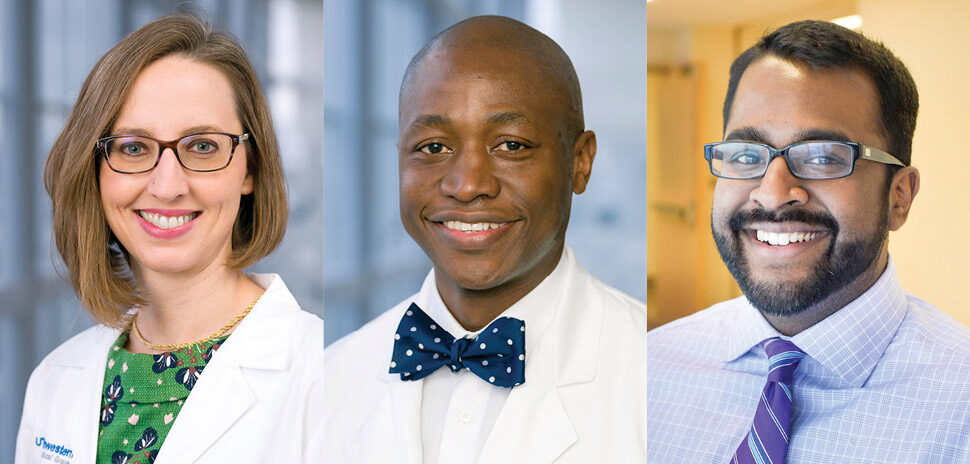The Perot Museum of Nature and Science has formed a partnership with one of the world’s leading paleoanthropologists, positioning the Dallas museum as a center for the study of the origins of humankind — a center that will impact education and science in Dallas, nationally, and across the globe.
The partnership is with Dr. Lee Berger, who has become world renowned for his recent discovery of the 250,000-year-old Homo naledi, a new species of human relative, at the Rising Star cave system in South Africa.
Berger is a National Geographic Explorer-in-Residence and a professor of paleoanthropology at the University of Witwatersrand in South Africa. He will serve as the center’s Distinguished Science Adviser.
“It is going to center on human origins, and the search for understanding the journey in its greatest sense, from where we come from to where we’re going.”
Dr. Lee Berger
His alliance with the Perot is part of a new strategic focus on human origins called the Center for the Exploration of the Human Journey, which will be dedicated to supporting, curating, and disseminating the research that is being developed by Berger and his team of more than 160 scientists from around the world.
“It is going to center on human origins, and the search for understanding the journey in its greatest sense, from where we come from to where we’re going,” Berger said about the center that will be housed at the museum. “It’s going to include virtual reality where you’re going to actually traverse the cave where these [the specimens] came from.”
The cave system is accessible through a narrow 7 1/2-inch chute that is 60 feet long.
At the base of the chute, Berger’s team recently discovered the newest of roughly 1,500 specimens found so far, he said.
The virtual reality component of the center will give people a unique look at the cave system. The museum will unveil the pilot design of virtual and augmented realities experiences that showcase Berger’s field sites in mid-May.
“For the first time in history, and this should be released in about six weeks, people will be able to journey into this place where less people have been in than on the moon,” Berger said.
THE PEROT MUSEUM WILL SERVE AS A SCIENCE HUB
The Perot Museum will serve as a knowledge and expertise communications hub for paleoanthropology.
The formal announcement of the partnership is Monday night, but Berger visited the museum Monday morning and spent time with students from Uplift Luna Preparatory in a classroom at the museum talking about the discovery and showing off Neo, a skull from one of the Homo naledi specimens discovered at Rising Star.
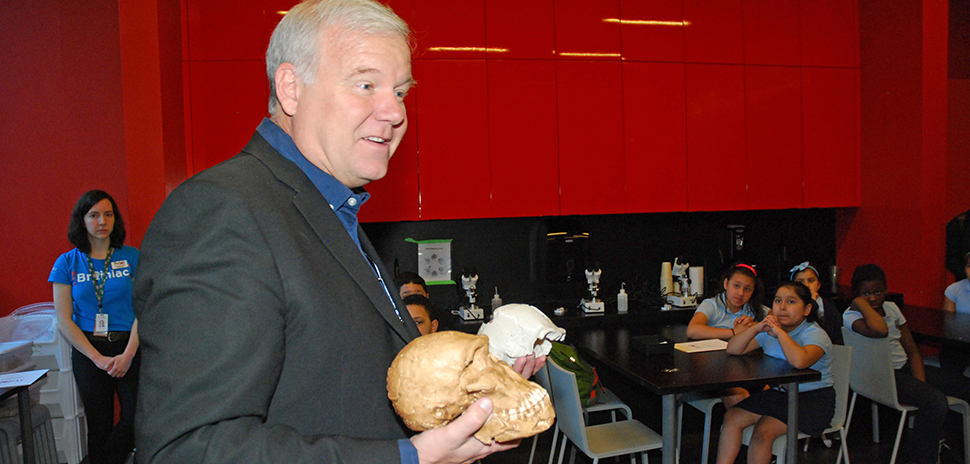
Dr. Lee Berger talks Monday to students about “Neo,” the skull he’s holding of a Homo naledi specimen. [Photo by Lance Murray]
“Neo here is extraordinarily well preserved,” Berger told Dallas Innovates. “He joins among the most complete human relatives ever discovered.”
“Neo here is extraordinarily well preserved. He joins among the most complete human relatives ever discovered.”
Dr. Lee Berger
Dr. Linda Silver, CEO of the Perot Museum, said the partnership aligns the museum with one of the world’s most innovative names in anthropology.
“While we have the privilege to affiliate with one of science’s most dynamic leaders, the museum, in turn, will be the key conduit to bring the science of the human journey — its process and the outcomes — to the public,” Silver said.
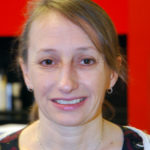
Becca Peixotto
To make the communication and coordination seemless, Berger’s associate and research scientist Dr. Becca Peixotto will move to Dallas and become director of the Center for Exploration of the Human Journey.
She is one of six scientists who have been dubbed “underground astronauts” — all of them women — who could make their way through the narrow chute to excavate the bones of Homo naledi from the deep cave complex in the Rising Star Cave System, not far from Johannesburg, South Africa.
Dallas philanthropist Lyda HIll, a supporter of Berger’s research, introduced him to the museum’s leadership about five years ago, and Berger was the first National Geographic Explorer to speak at the museum.
“This is an important step for the Perot Museum.”
Linda Silver
Silver said that the creation of the center developed rapidly, as discussions started in January.
“This is an important step for the Perot Museum, we’re 5 years old, and we’ve had a great five-year run, and what we’re really doing is positioning the museum for where we want to be ‘when we grow up,’ is the way that I say it,” Silver said.
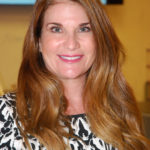
Linda Silver
Part of the museum’s master plan was to identify areas where it is “uniquely positioned to be leaders” either nationally or internationally in different areas of science.
“And, this is the first of those centers of excellence that we’re launching,” Silver said.
“We’re looking at this as a very long-term partnership and as a broad partnership” that will include developing temporary exhibits including authentic fossils that will be hosted by the Perot Museum, Silver said.
GALLERY
Photos by Lance Murray.
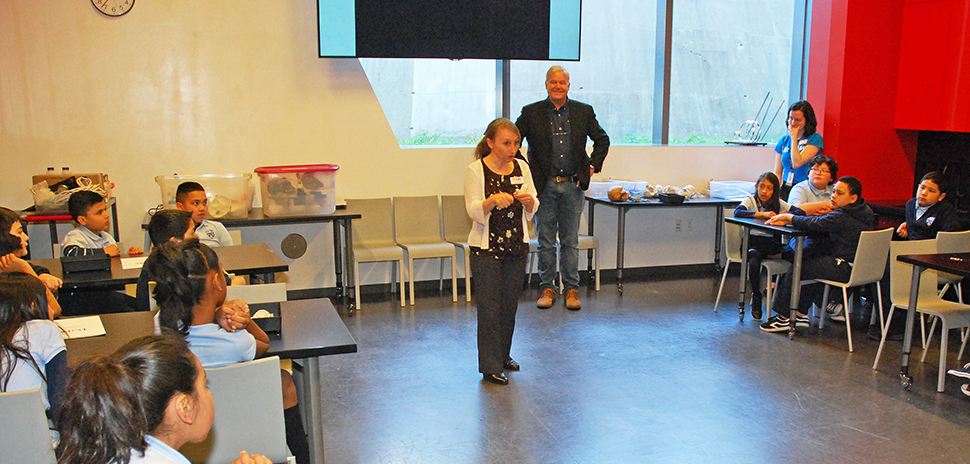
Dr. Becca Peixotto talks to the students while Lee Berger listens.
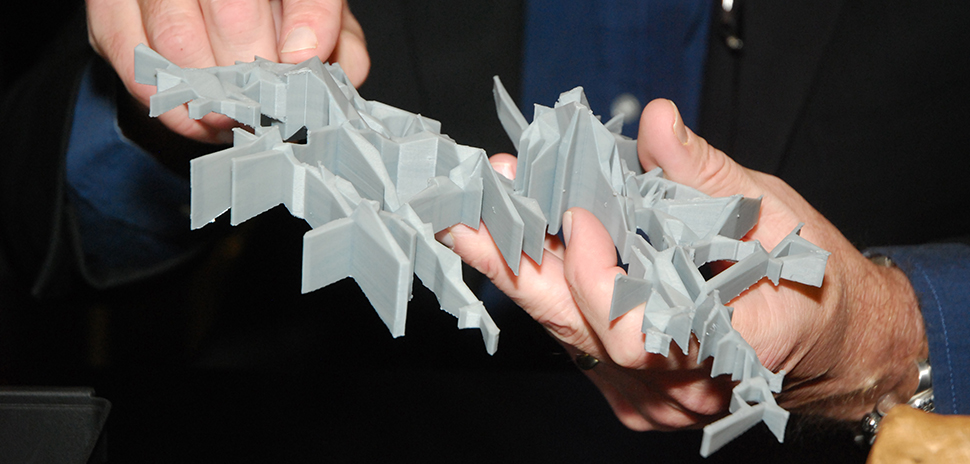
Dr. Lee Berger holds a model of the Rising Star cave system in South Africa.
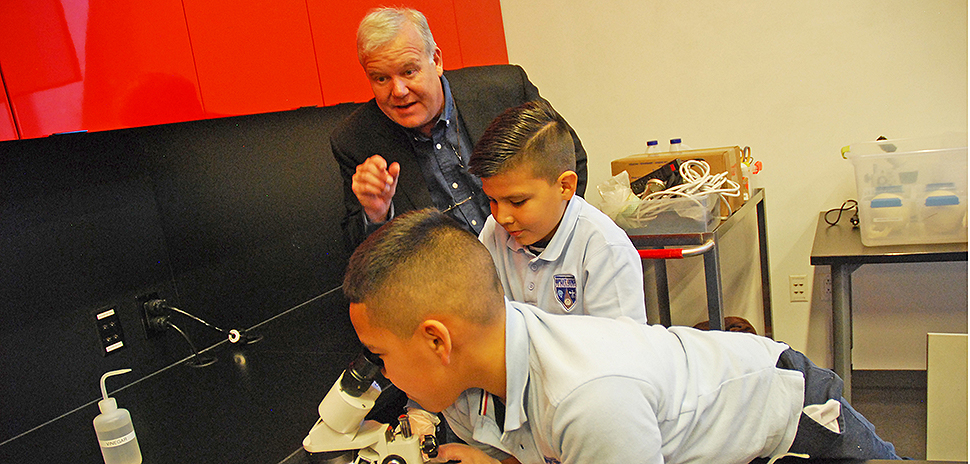
Berger instructs Uplift Luna Preparatory students Rafael Morales, 10, and John Zuniga, 10.

Perot Museum “Brainiac” Drew Montgomery (center) works with Uplift Luna students Daniel Sanchez, 10, Victoria Martinez, 10, Ethan Richards, 10, and Riley Waddill.
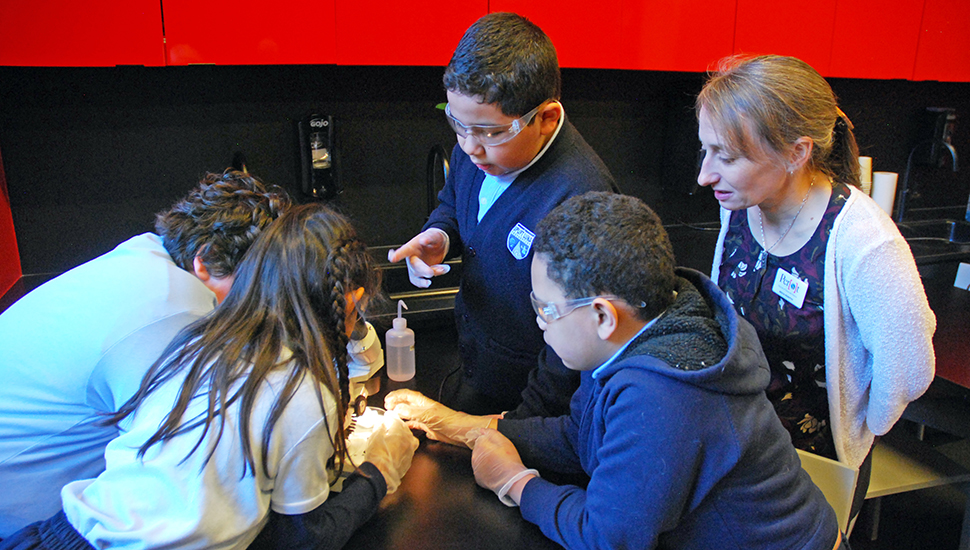
Peixotto (right) works with students from the Uplift Luna.
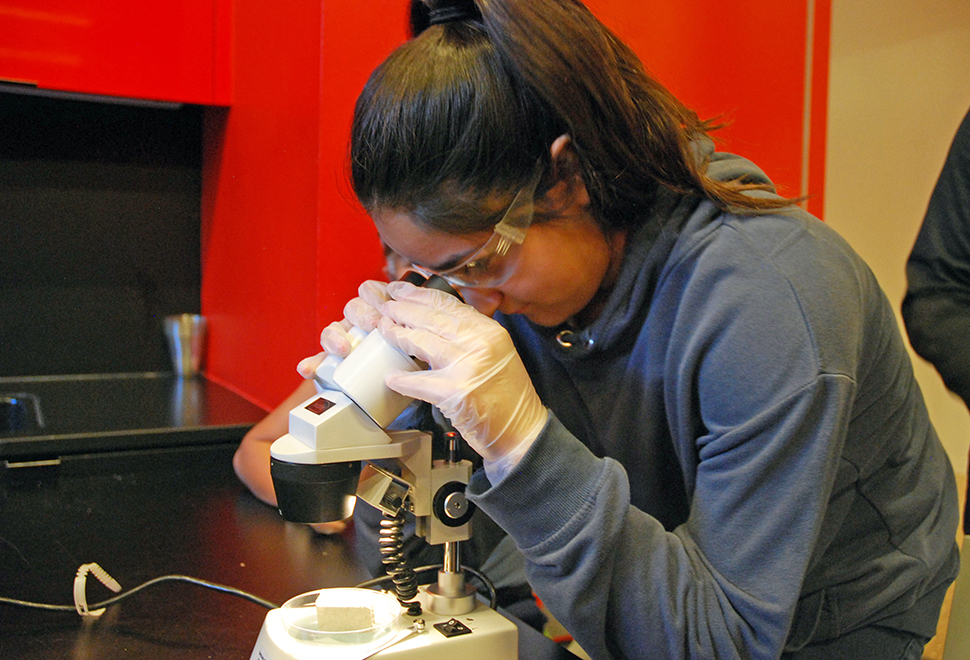
Alexa Cortez of the Uplift Luna Preparatory peers through a microscope at the Perot Museum.
Get on the list.
Dallas Innovates, every day.
Sign up here to get what’s new and next in Dallas-Fort Worth.

